干货 | AIAG《APQP手册》第三版最新消息(附经典APQP教材)
2023年10月3日, AIAG宣布,他们即将发布第三版APQP手册和新的独立版的控制计划(将APQP & CP进行拆分)。
推动此更新需求的因素包括:
- 其他参考资料的变更需要更新APQP以保持相关性。例如,与IATF 16949、AIAG & VDA FMEA手册和其他Stellantis、福特和通用汽车核心工具手册一致的新术语和概念;
- APQP的尽职调查正在加强,以避免来自已知风险因素的陷阱;
- 从过去的项目和问题中吸取经验教训;
- APQP的应用正在发生变化,以满足更高的自动化和最终的自动驾驶、电气化以及移动性的扩展定义所带来的需求。
AIAG正在积极征求供应商的意见,并在可能的情况下进行整合。新手册将继续提供通用指南,以确保按照客户的要求实施先进的产品质量规划。
APQP第三版预计在2024年3月1日发布:
第三版的修订将过去推出的产品的经验与教训有机地融合在一起,为向ACE(Autonomous,Connected,Electric)技术的演进铺平道路。
APQP手册第三版将纳入反映敏捷产品管理的内容 ,并将重点放在提高新产品发布的成功率上。它希望为传统APQP流程背后的“Why”、“What”和“Whan”增加更多的深度。这些更新表明,敏捷等现代项目管理方法正在与传统质量策划相结合,这一发展可能会带来反应更快、更灵活的质量管理流程。
控制计划是 APQP 不可或缺的组成部分,为保持产品和过程质量提供了详细的指导。新的独立版的《控制计划》有望为这些计划的制定和管理提供全面的见解。本版本还包括:
- 安全投产计划(Safe Launch Plans):成功推出新产品或新工艺的指南;
- 自动化制造应用(Automated Manufacturing Applications):特别关注高度自动化的制造环境;
- 软件实用程序(Software Utility):关于软件如何帮助制定和管理控制计划的信息。
更新的本质:
- 学习与创新:利用以前的问题,弥合知识差距,尤其是对于不熟悉APQP的“新技术”供应商;
- 重新构想控制计划:控制计划不仅被拆分为一个独立的文件,而且还通过详尽的指南和更新进行了丰富,反映了汽车产品和流程的不断演变;
- 增强部分:新的章节,包括采购和变更管理,每个部分都配备了详细的检查表或示例;
- 闸门管理(Gated Management):每次“Gated”评审的综合文件清单(Comprehensive documentation checklists),与典型的项目里程碑保持一致。
控制计划变更:
在第1章中,在其他内容/变化中,关键见解包括:
- 特殊特性:介绍使用“相关性矩阵(correlation matrix)”和程序来处理客户指定的“key”或“critical”特性;
- 传递特性(PTC:Pass-Through Characteristics):强制执行识别和确保整个供应链控制的流程,并将控制方法传达给客户;
- 指定供应商:确保组织从供应商那里收集必要的信息,以制定其控制计划,但不包括双方签署的协议中的规格。
第2章至第4章分别深入探讨了制定控制计划、控制计划阶段和有效使用控制计划等方面的问题。其中重要的补充和说明,如 "安全投产(Safe Launch)"要求、制定控制计划阶段的详细划分以及关于有效使用质量管理体系的多个主题,都非常突出。
APQP - Advanced Product Quality Planning Guide (2023)
What is APQP?
APQP stands for Advanced Product Quality Planning. It is a methodology that originated in the automotive industry to ensure the development and production of high-quality products that meet customer requirements and expectations.
APQP includes a series of steps and tools, such as risk assessment, design and process FMEAs (Failure Mode and Effects Analysis), control plans, and production trials, to ensure that all necessary planning and preparations are made before mass production. The goal of APQP is to prevent quality problems, improve overall customer satisfaction, and drive continuous improvement. Continuous Improvement applies not just to the product just launched (culminating with PPAP (Production Part Approval Process)), but for the NEXT products produced, incorporating lessons learned from prior programs.
APQP is a "core tool" developed by AIAGto attain and maintain product quality. The automotive quality core tools are standardized methodologies assisting companies in many industries to improve their processes and generate high-quality products. The other core tools include:
- FMEA (Failure Modes and Effects Analysis)- an analytical methodology used to ensure that potential problems have been considered and addressed throughout the product and process development process.
- PPAP (Production Part Approval Process)- the industry standard that defines the production part approval process and demonstrates engineering design records and specification requirements are achieved by the supplier's manufacturing process.
- MSA (Measurement Systems Analysis)- a methodology to assess the quality of measurement systems, providing a basis for recognizing where improvements can be made, resulting in knowledge that can be used to improve your measurement process and repeatable product quality.
- SPC (Statistical Process Control)- the use of statistical techniques such as control charts to analyze a process or its output so as to take appropriate actions to achieve and maintain a state of statistical control and to improve the process capability.
APQP is the overarching framework that brings together all these tools and methodologies to create a comprehensive quality planning and control system.
Where else is APQP applicable?
APQP’s ideas, methodologies, and processes aren’t limited to one single industry, despite initially being developed for the automotive industry. There are now many outside industries using APQP to improve their product processes, like:
- Aerospace and Defense
- Medical Devices
- Electronics
- Consumer Products
APQP is a flexible methodology that can be adapted to the specific needs and requirements of any product.

What are the benefits of APQP?
APQP has a host of benefits for both manufacturers/suppliers as well as the customers they serve. These benefits include:
- Improved product quality - APQP’s rigorous risk assessments, design and process FMEAs, control plans, and production trials prevent a host of quality problems before parts are mass produced.
- Enhanced customer satisfaction - To put it simply, higher quality products result in greater customer satisfaction and happiness. When customers are satisfied, their relationships with manufacturers and suppliers improve.
- Increased efficiency - Quality problems in the development and manufacturing process hinder efficiency and time-to-market. APQP provides a reliable framework to catch and address these problems early to reduce the need for reworks.
- Reduced costs - Quality problems, hangups in the development and manufacturing process, reworks, product returns, warranty claims, and more all result in greater costs to the manufacturer. APQP drastically reduces these issues to save significant costs.
- Improved process control - the combined methodologies outlined above in combination with APQP’s statistical process control (SPC) processes allow suppliers and manufacturers to monitor/control the production process in even greater detail.

FAQ
- What is APQP?
APQP stands for Advanced Product Quality Planning. It is a methodology that originated in the automotive industry to ensure the development and production of high-quality products that meet customer requirements and expectations.
- Where is APQP applicable?
APQP’s ideas, methodologies, and processes aren’t limited to one single industry, despite initially being developed for the automotive industry. There are now many outside industries using APQP to improve their product processes, like Aerospace and Defense, Medical Devices, Electronics, Consumer Products, and more.
- What are the benefits of APQP?
APQP has a host of benefits for both manufacturers/suppliers as well as the customers they serve. These benefits include Improved product quality, Enhanced customer satisfaction, Increased efficiency, Reduced costs, Improved supplier relations, Better risk management, Improved process control, and more.
- What are the steps in APQP?
While a detailed understanding of APQP’s steps requires professional training, a simple overview of the steps would include: Plan and Define The Program, Product Design and Development, Process Design and Development, Product and Process Validation, Feedback Assessment and Corrective Action, Production Launch, Ongoing Monitoring and Feedback, and more.


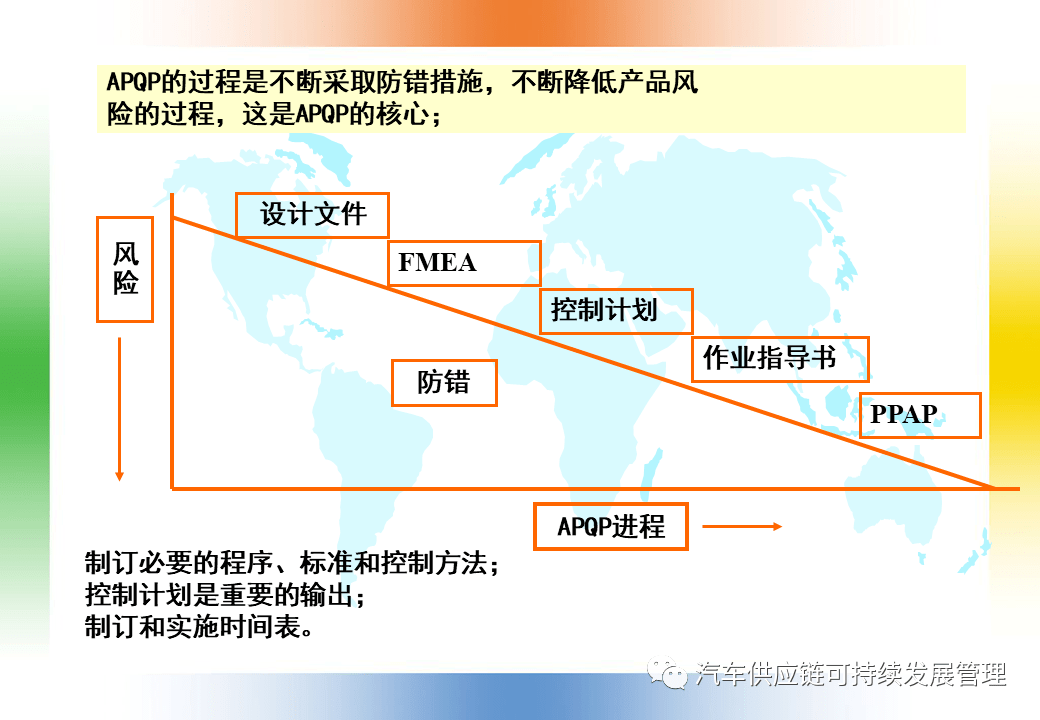

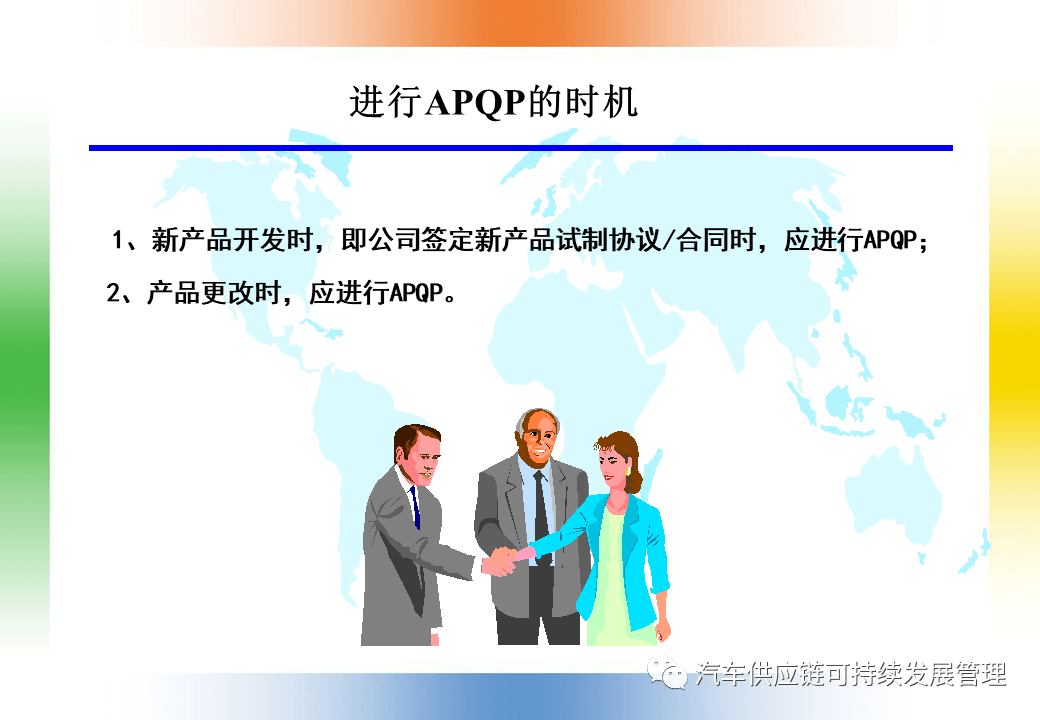
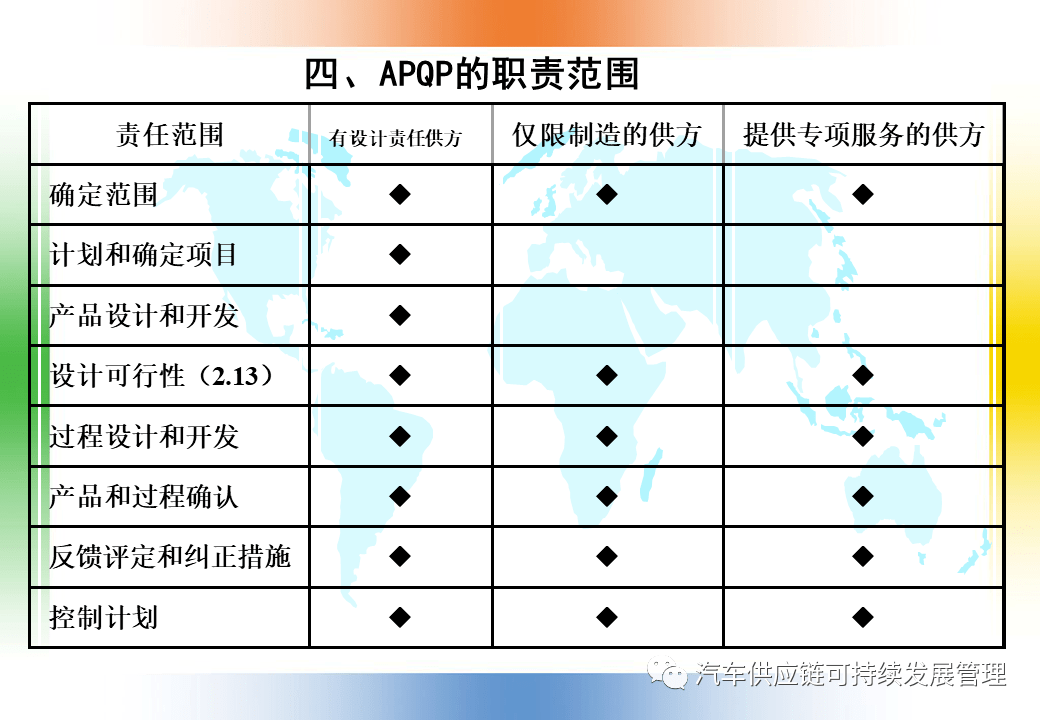

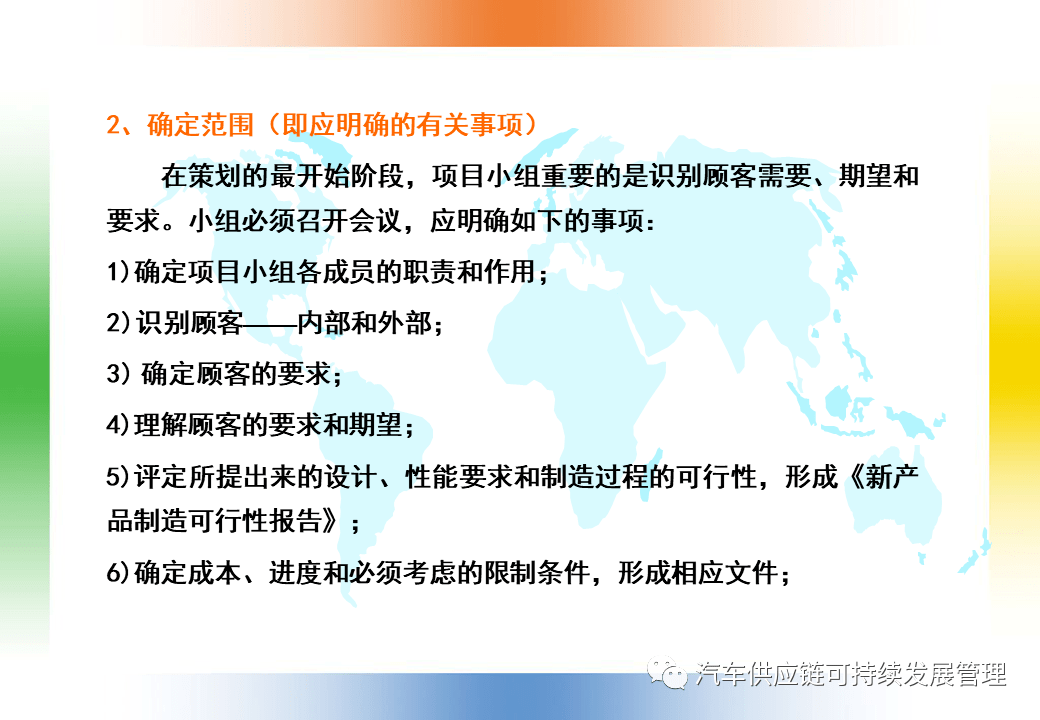
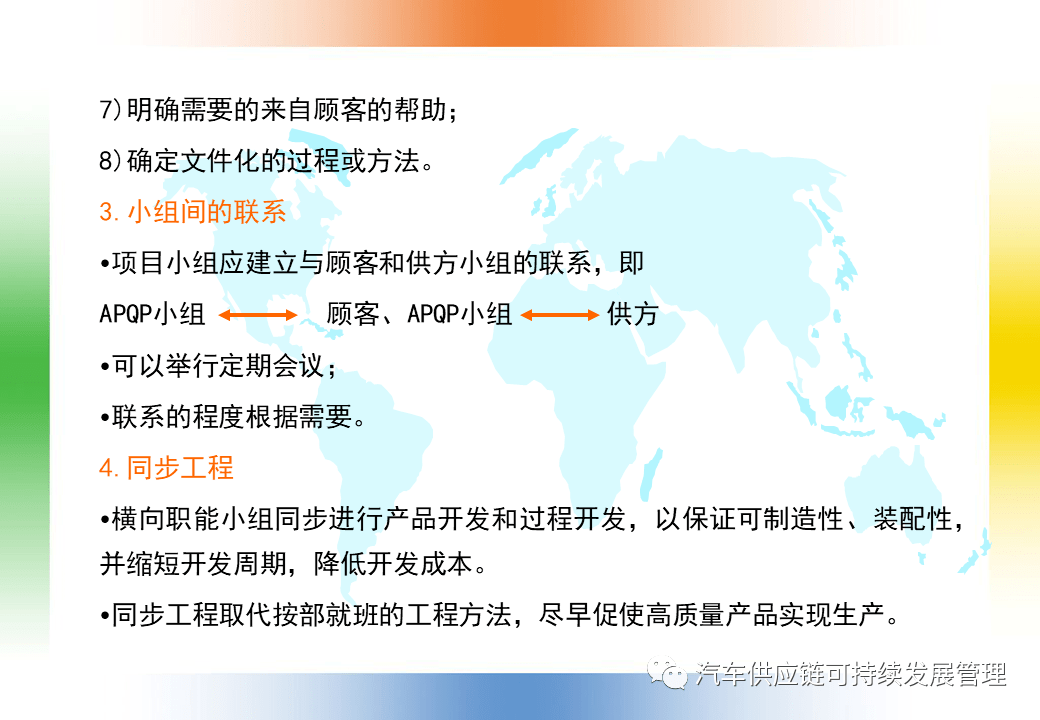






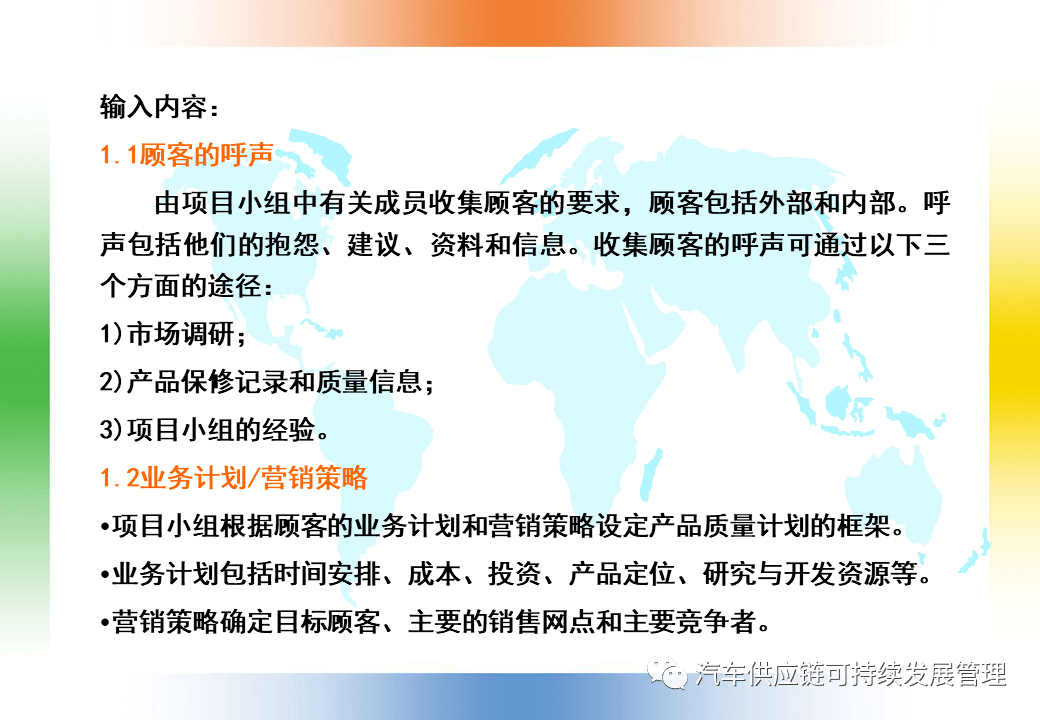
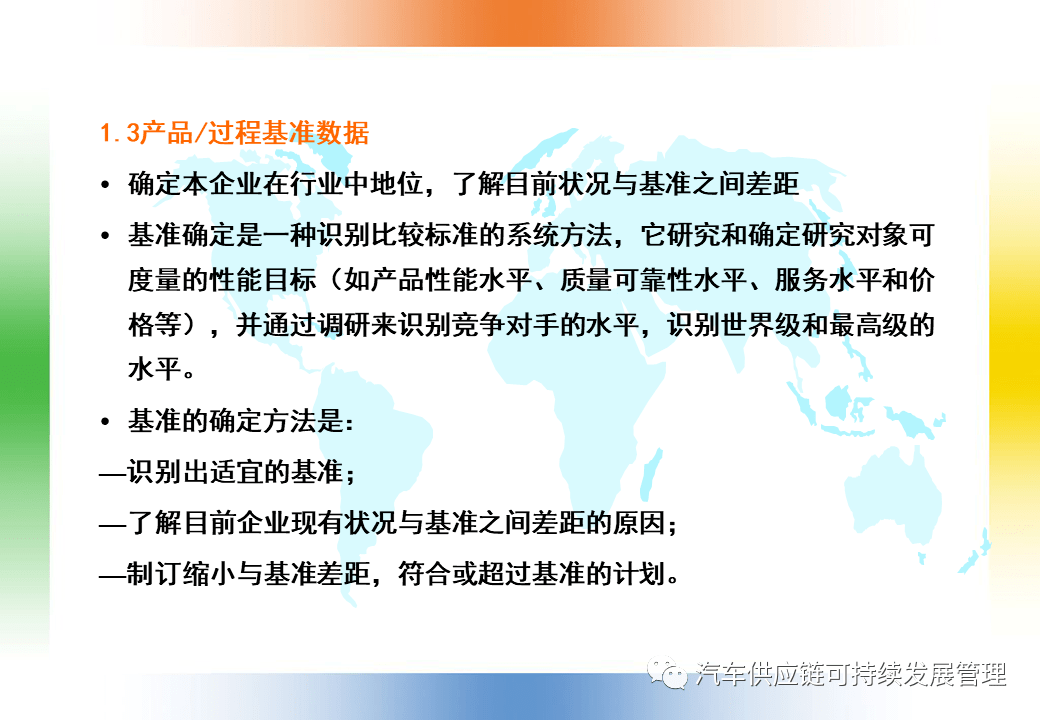
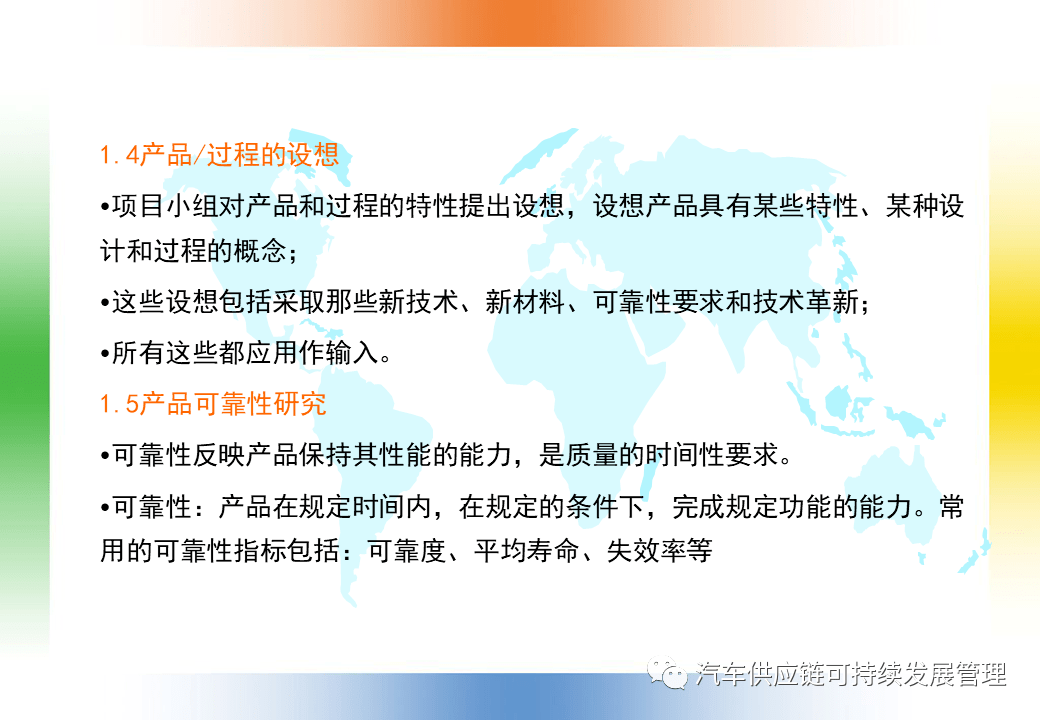

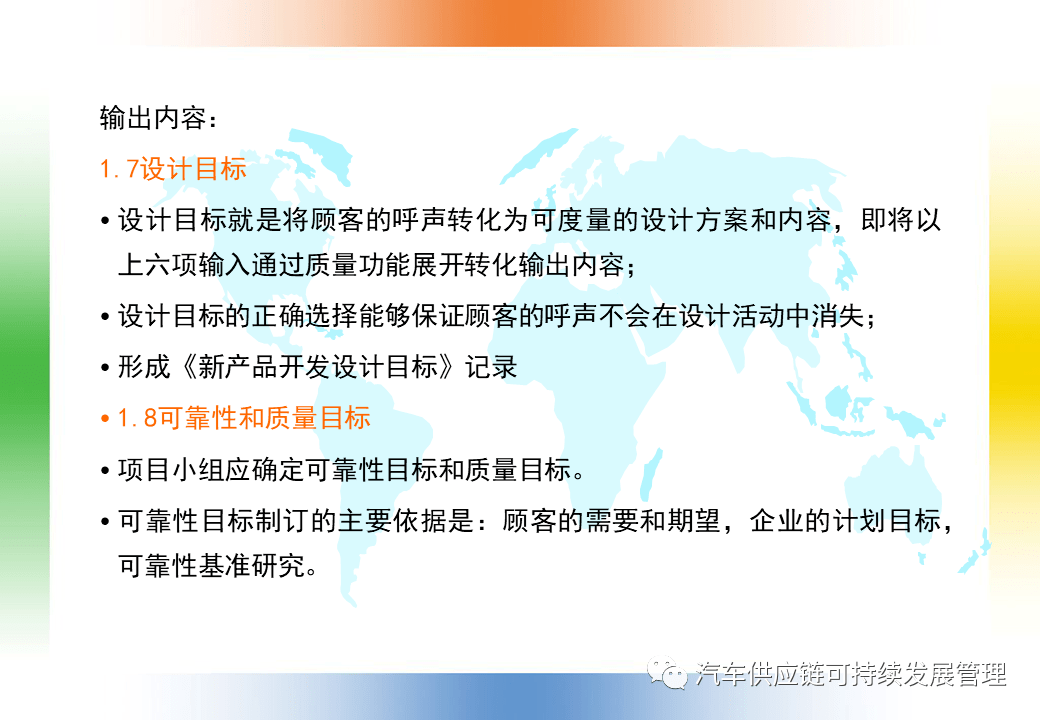


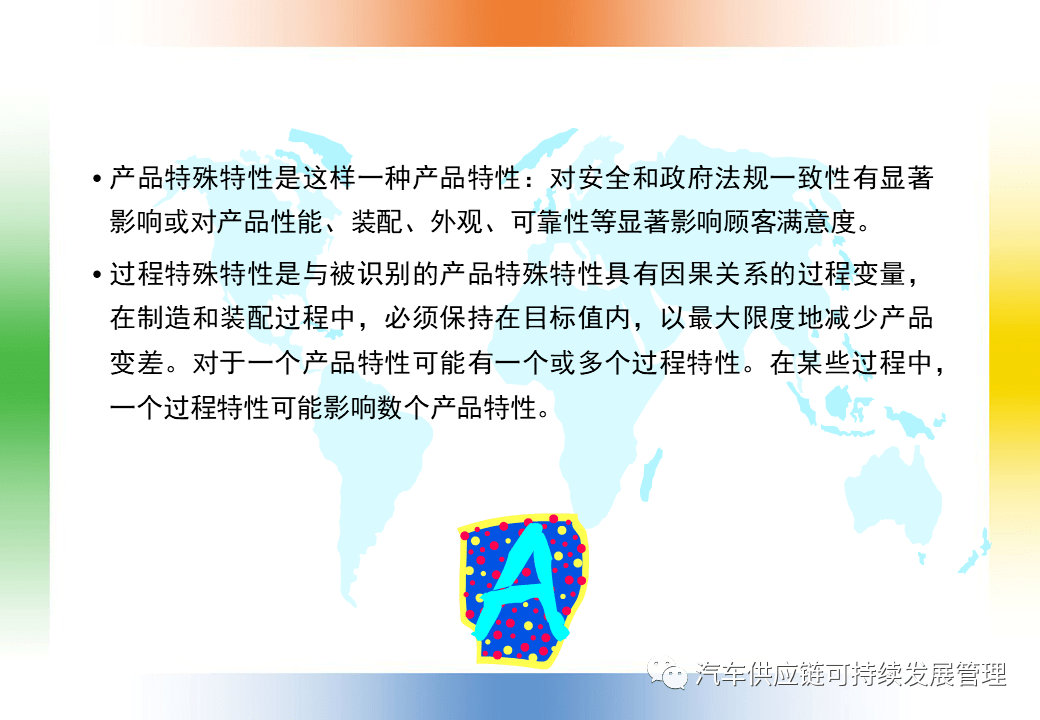




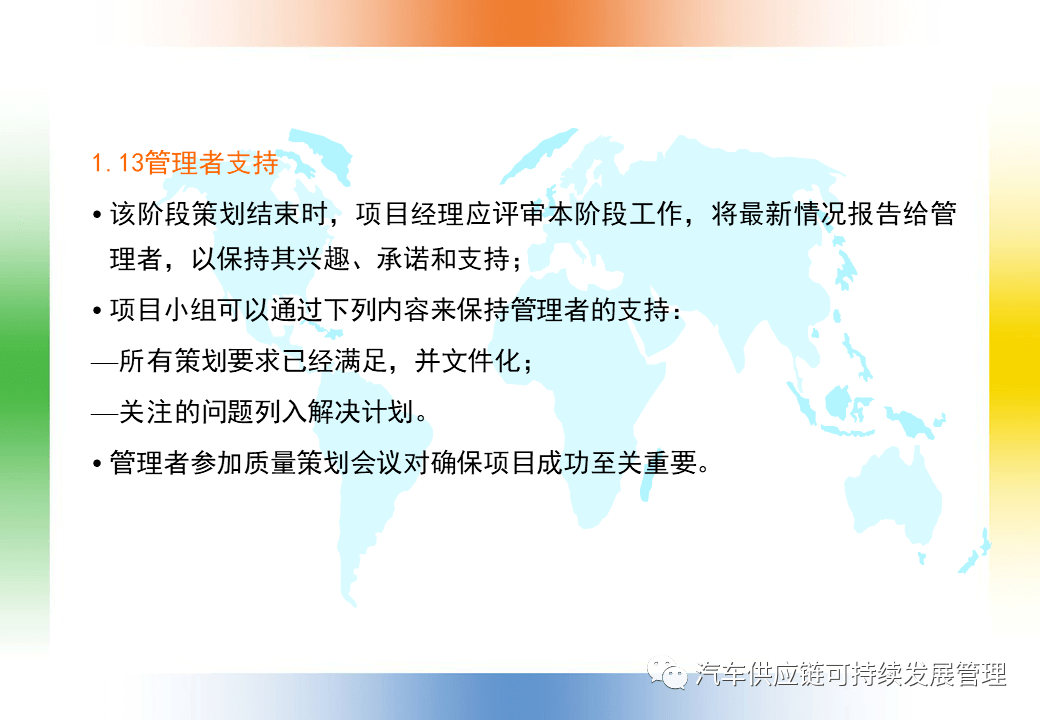
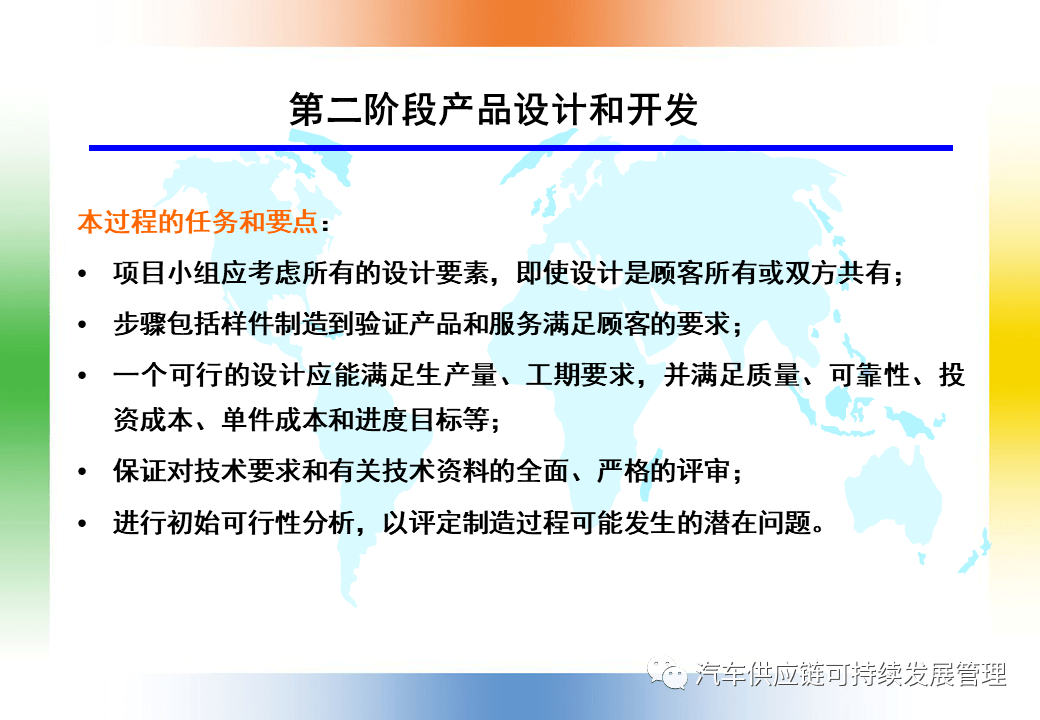
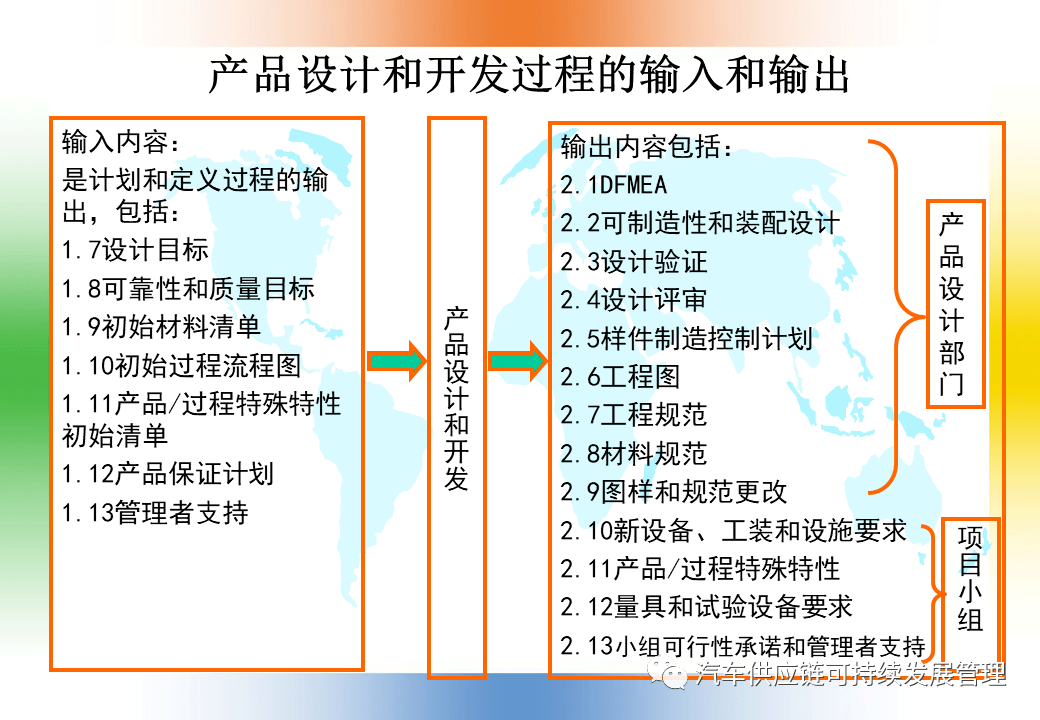
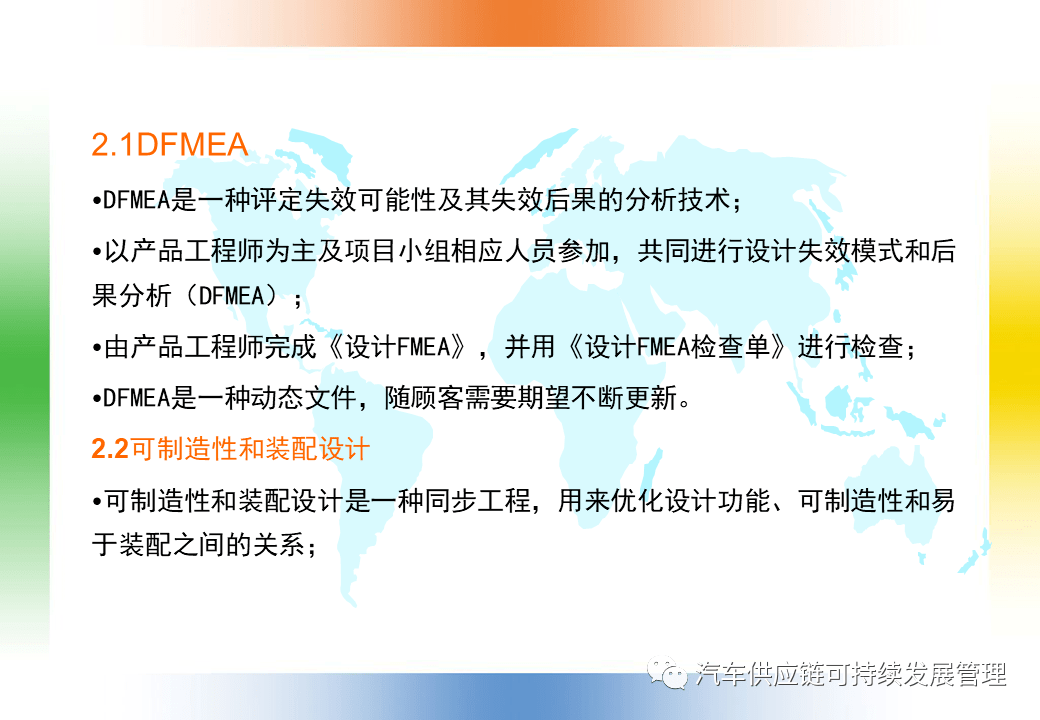




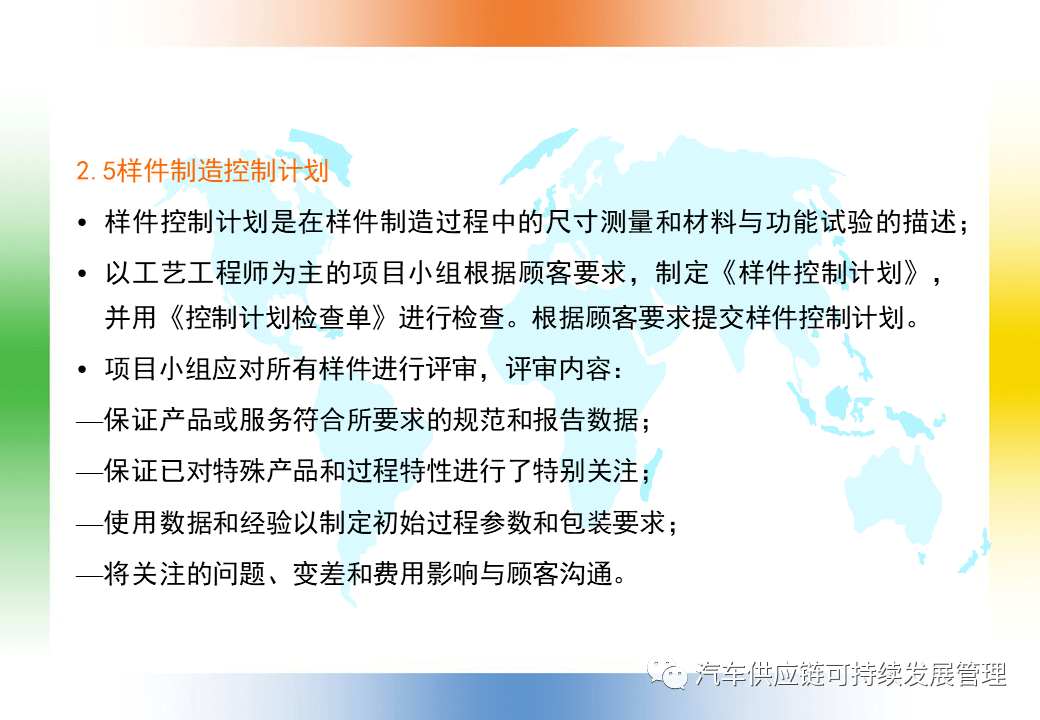
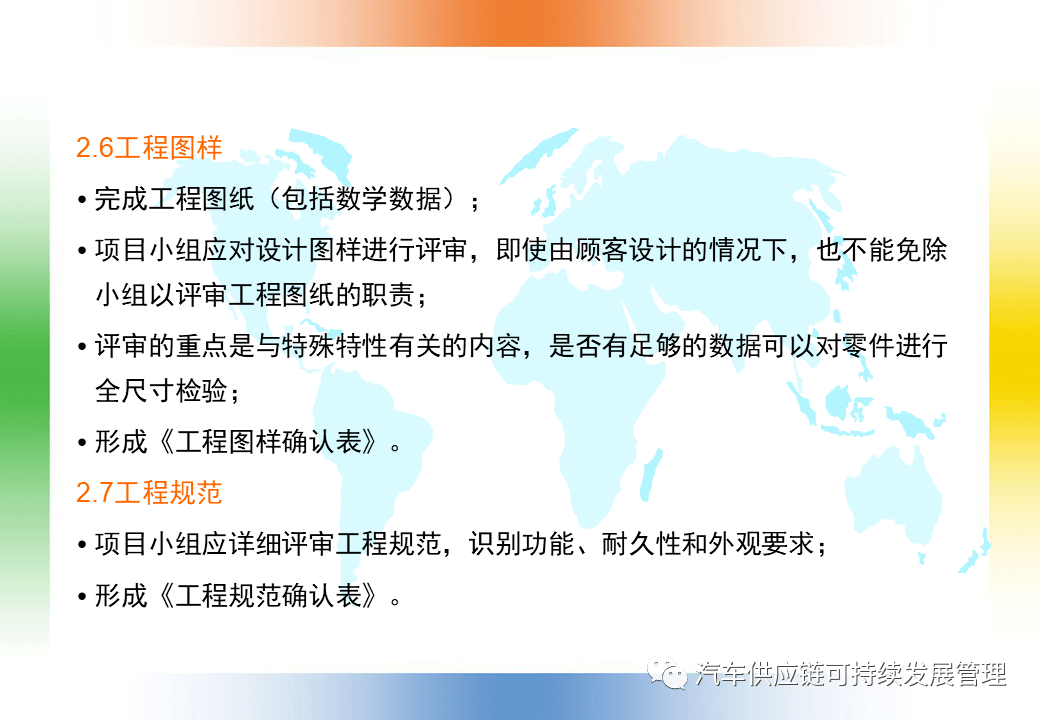





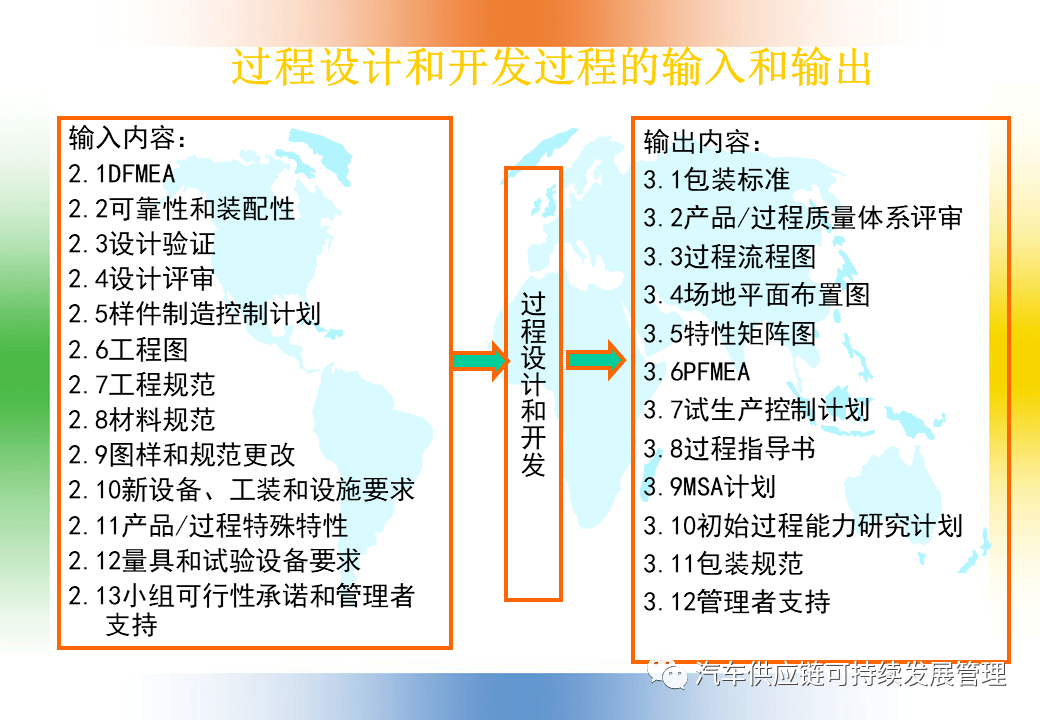


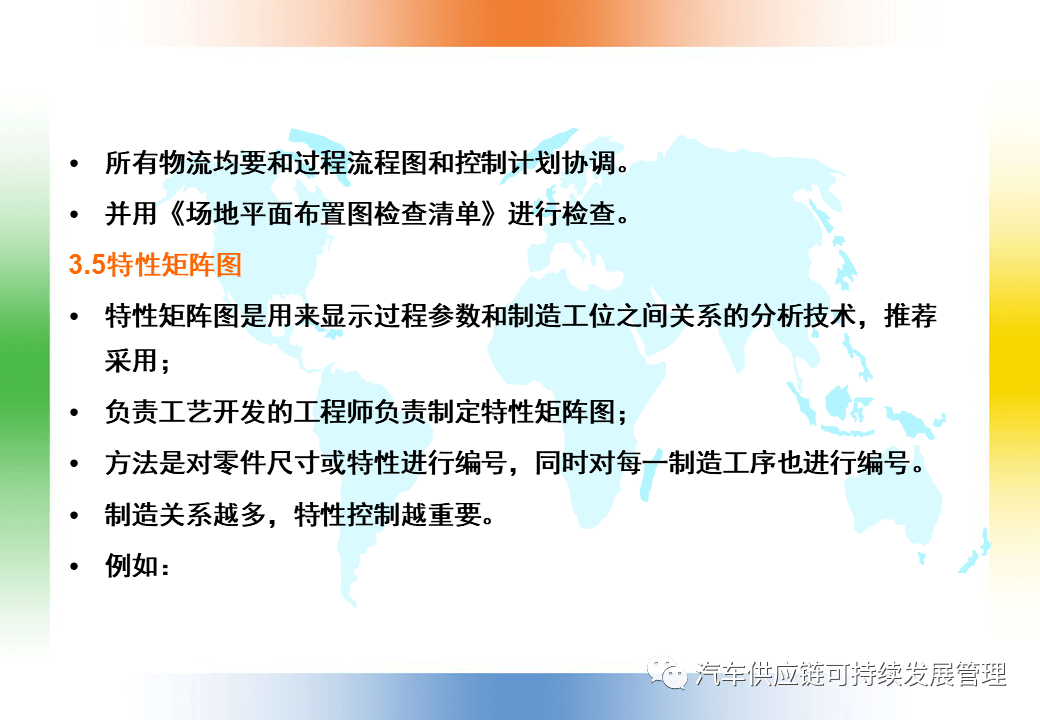
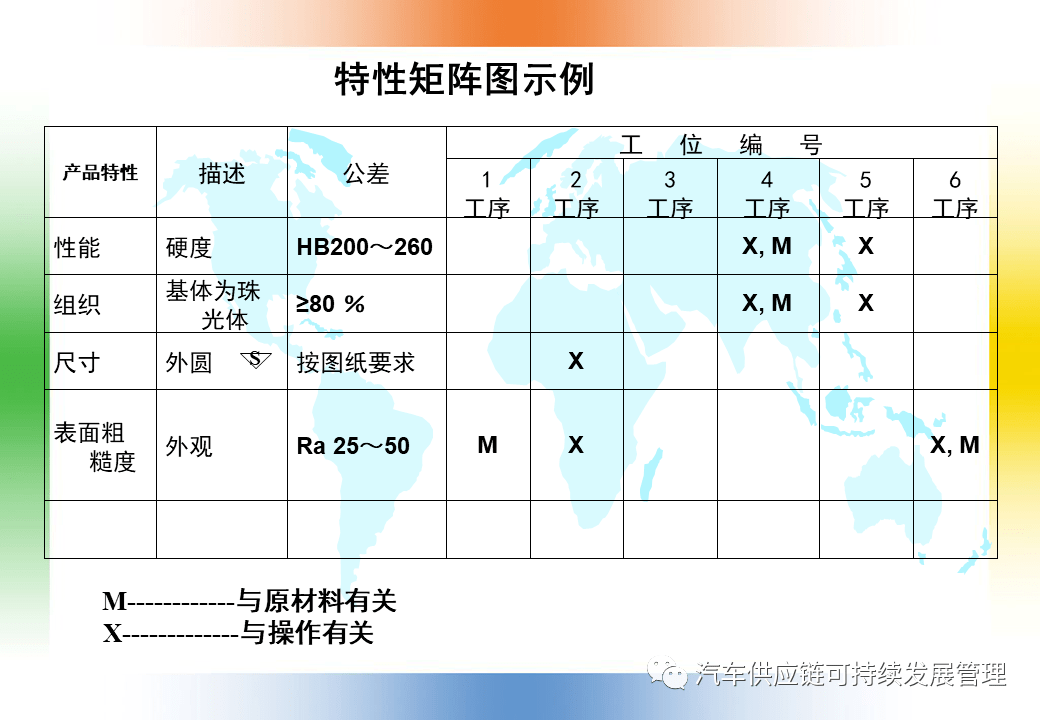

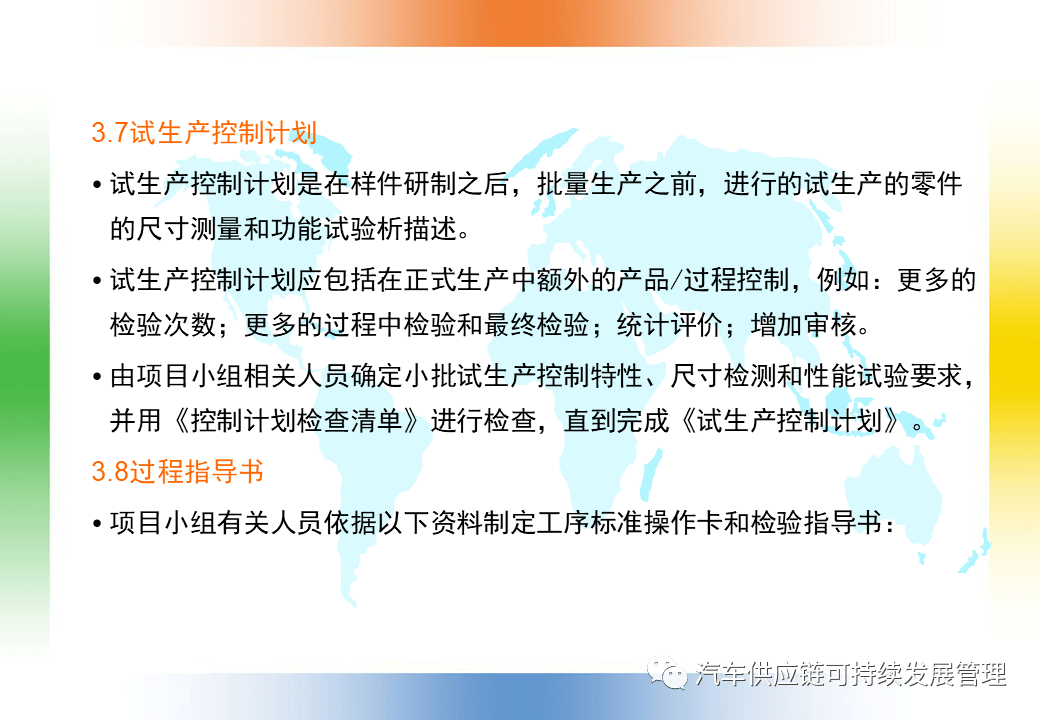
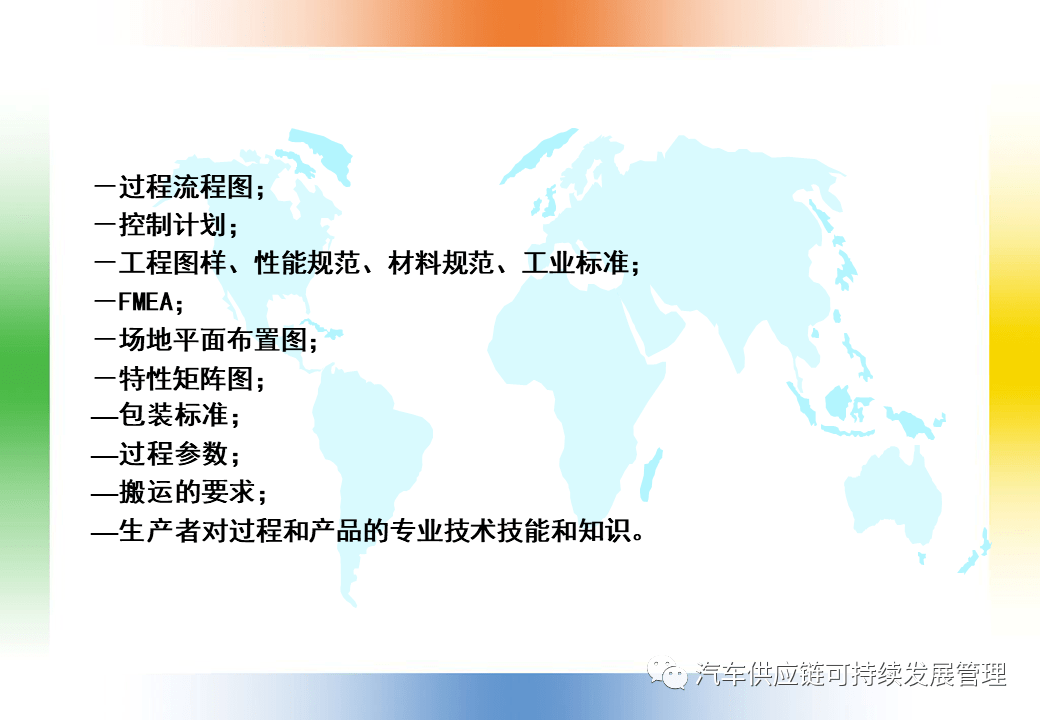
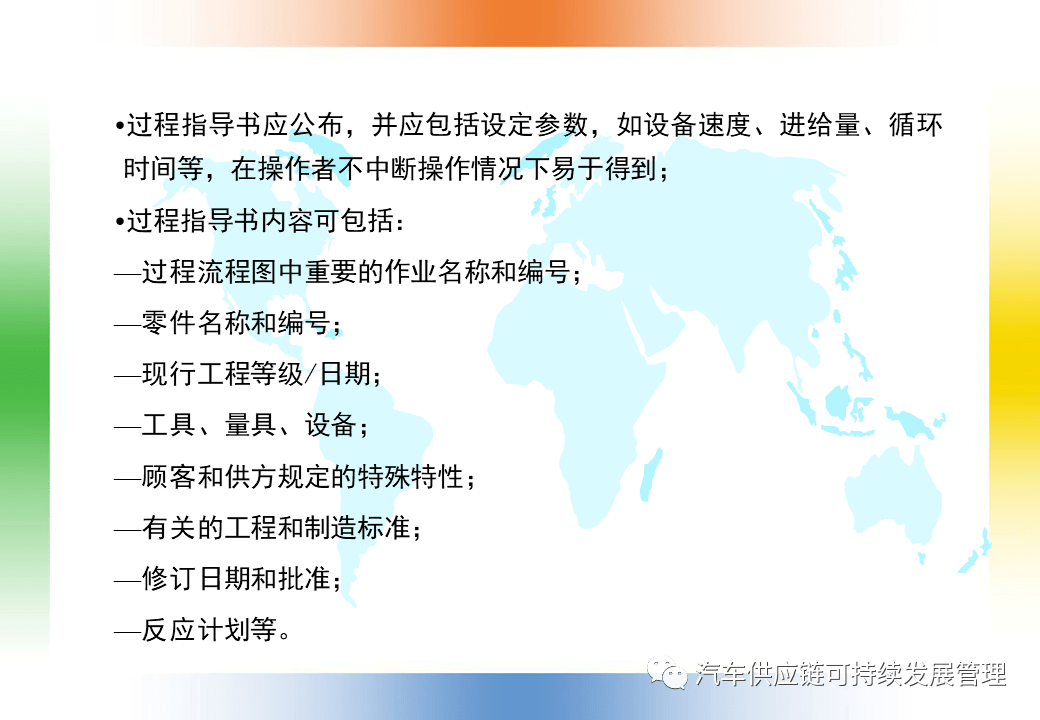

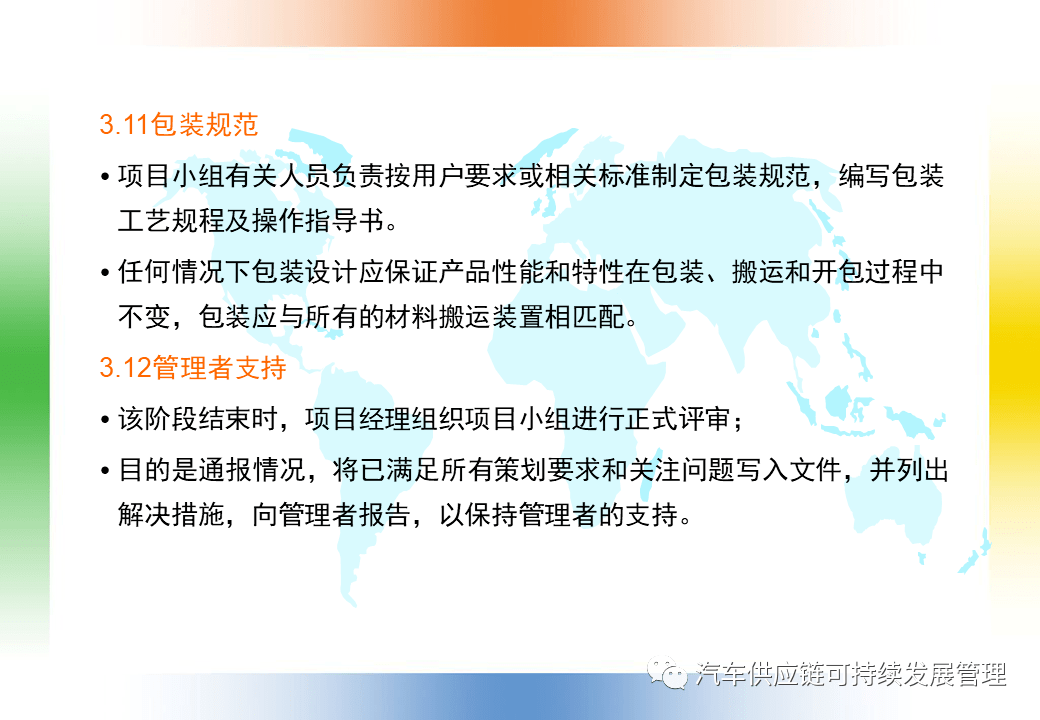


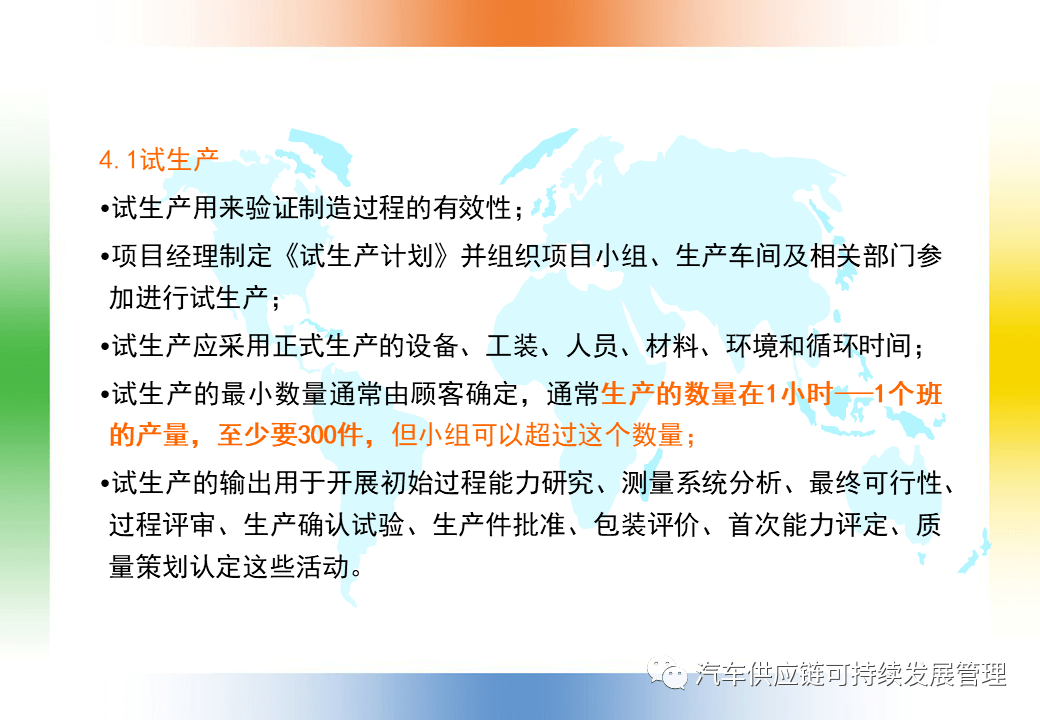




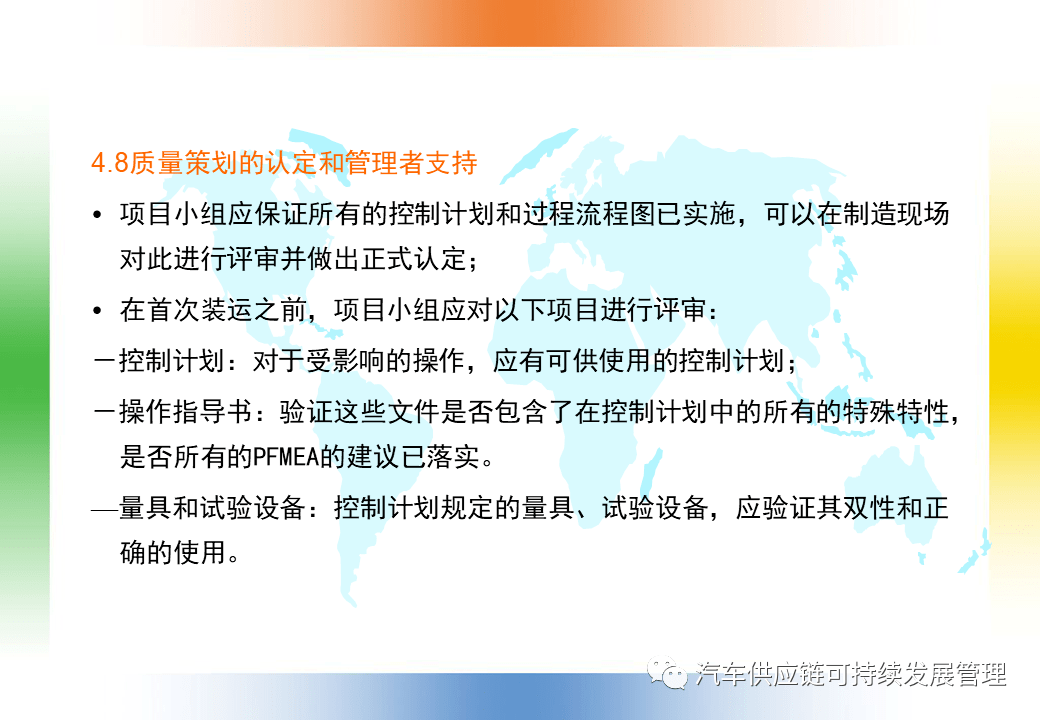
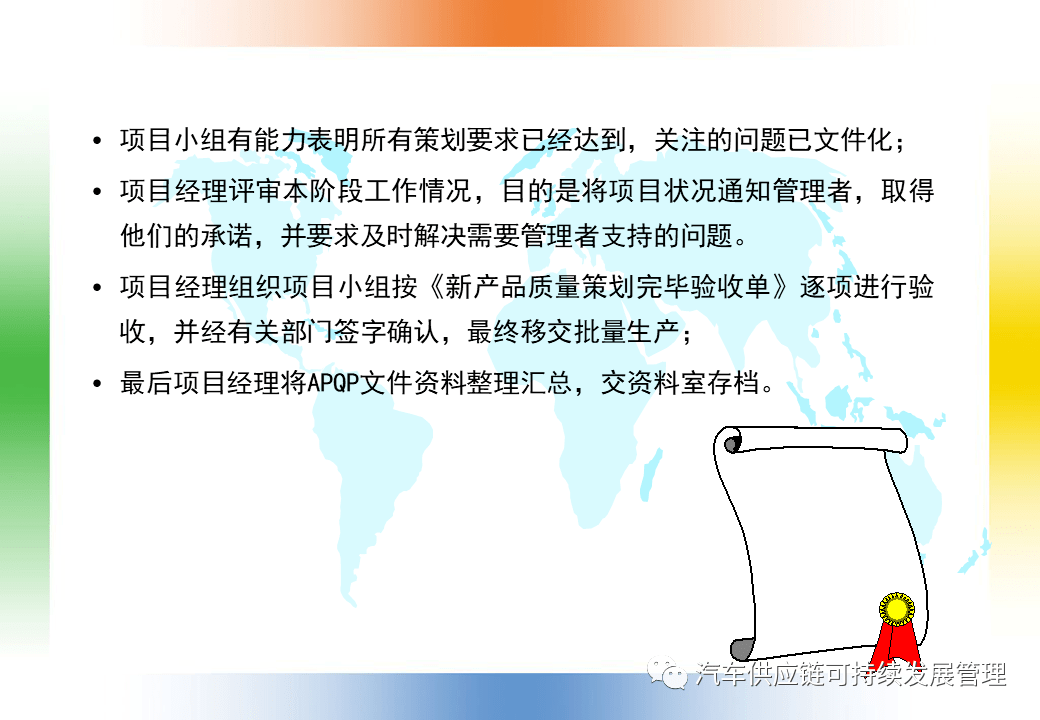



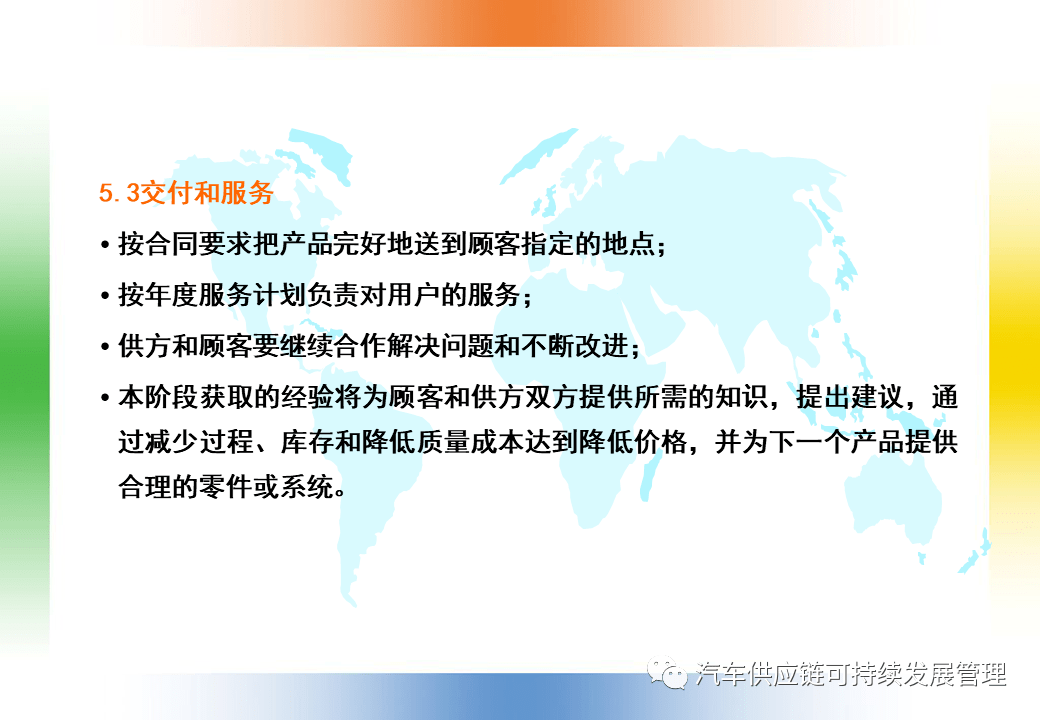


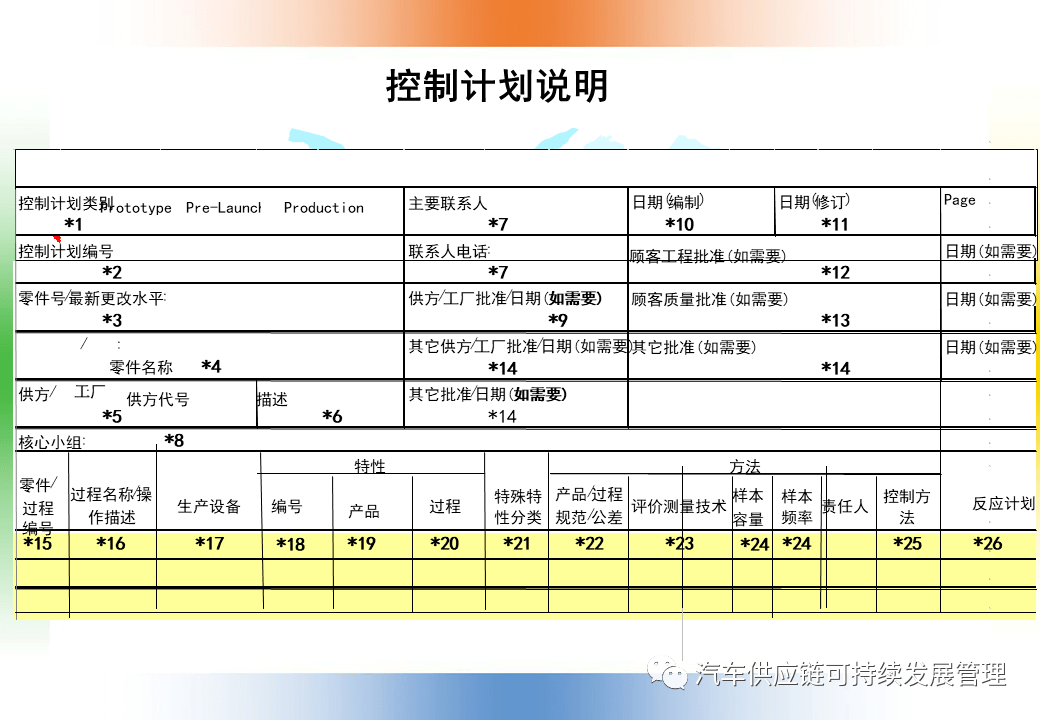
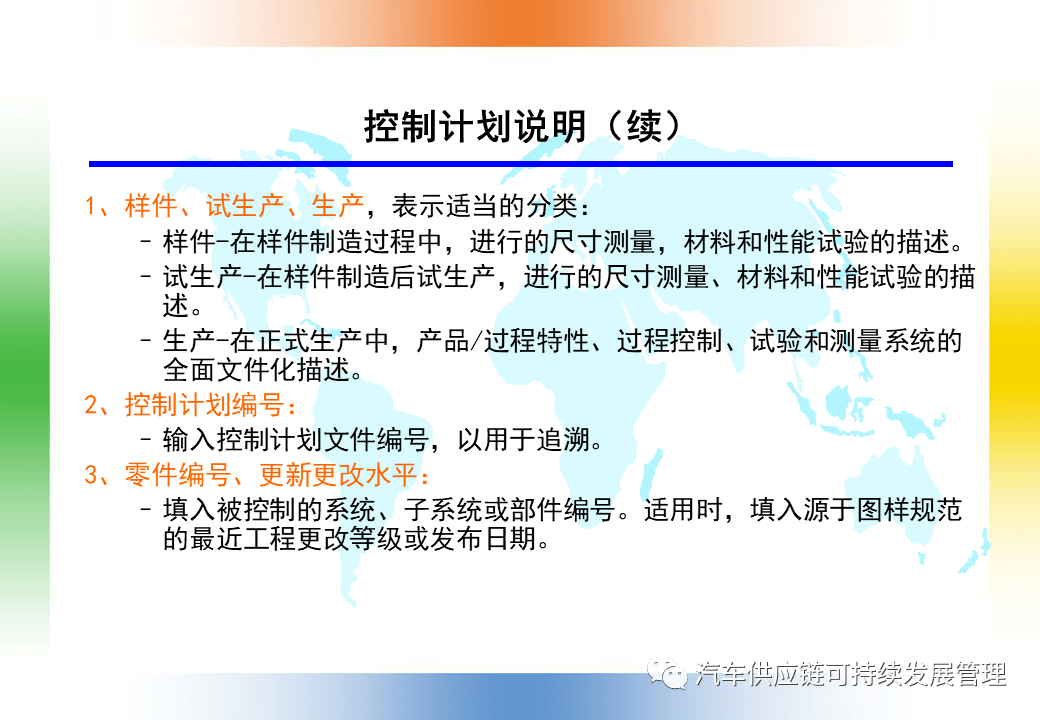



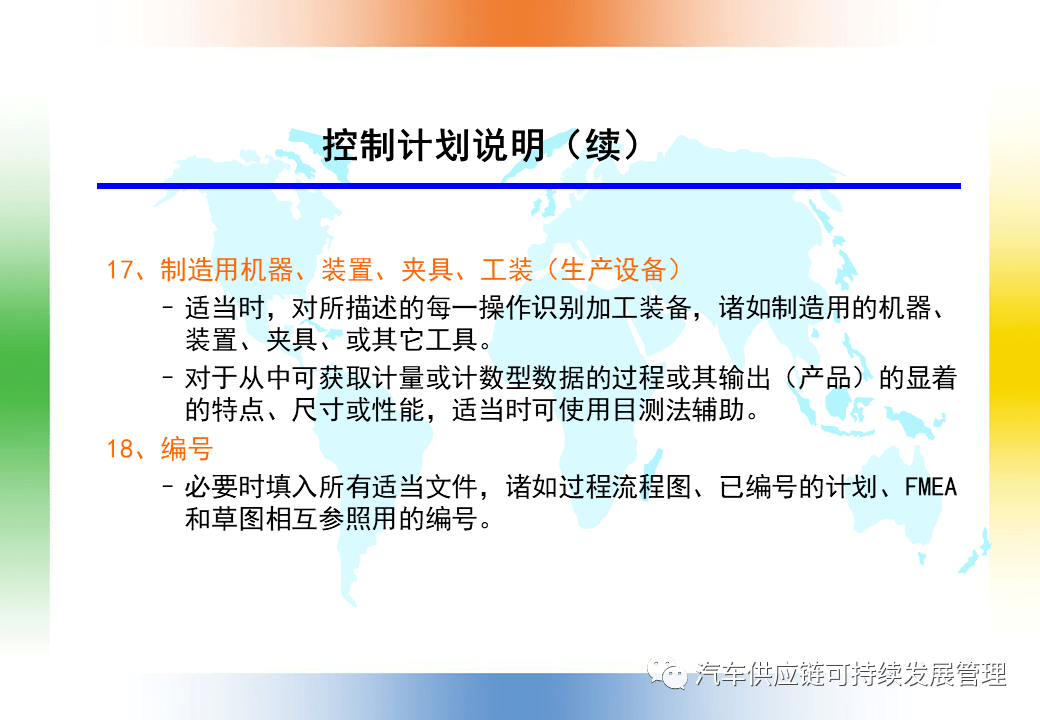





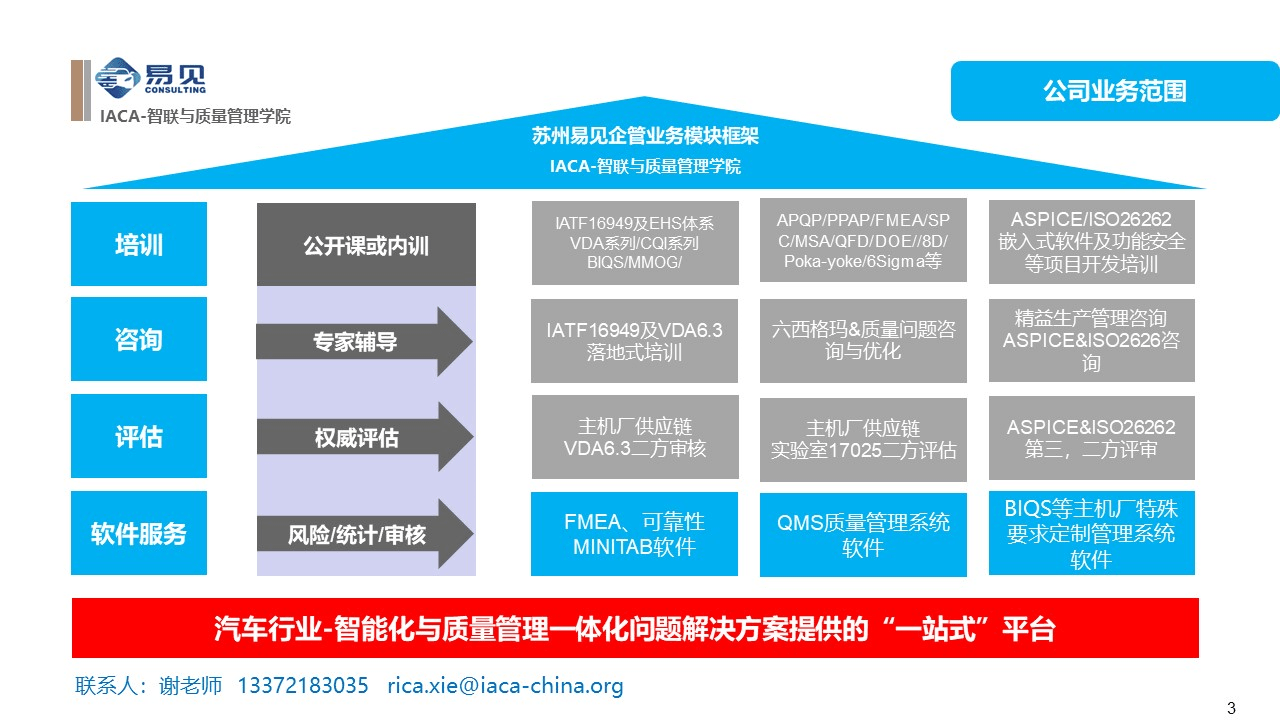
免责声明:本文内容转载于网络,版权归原作者所有,仅用于学习交流。
更多信息请关注:
公众号:汽车供应链可持续发展俱乐部
网址:www.iaca-china.com
声明: 本文由入驻搜狐公众平台的作者撰写,除搜狐官方账号外,观点仅代表作者本人,不代表搜狐立场。
回首页看更多汽车资讯
